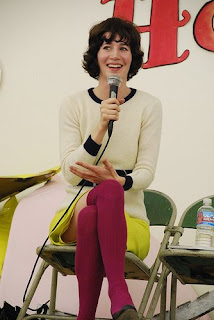
1. Using it just for press releases. People don’t follow you on Twitter for generic organizational announcements. They follow because they want to feel a personal connection with what you do. They want to become friends and allies. Write your Twitter updates in less formal language, and tweet little things, too. Not just press releases. Welcome new employees, for example, or tell them a little bit about one specific project.
2. Only asking for money. Constant calls for funds will bore people and cause them to unsubscribe from your Twitter feed. Ask for money no more than once a week, and when you do, tie it to something you mentioned that week.
3. Not following back or replying to others. As an organization, you should automatically follow back anyone who follows you on Twitter. People don’t want to be broadcast to; they want to be part of a conversation. Following people is the first step; the second step is paying attention. Use Twitter search to monitor mentions of your organization. Reply to those mentions. Periodically read the postings of people you follow. You don’t have to read every post, but check in from time to time, and reply if you have something interesting to say.
4. Forgetting the global audience. Twitter has a worldwide user base. This includes people in the countries where you work. It may include potential donors and beneficiaries in other countries. It will definitely include your own staff. When you write about events in, say, Rwanda, assume Rwandans will be reading. Are you still comfortable with your post?
5. Not having a Twitter strategy. There are things to think about before you post your first tweet. Do you want to encourage all your staff to have organization-linked Twitter accounts, or just a single account to represent the whole organization? What aspects of your organization do you want to highlight? What kind of expertise do you possess and can showcase? Who will update the Twitter account, and will all postings need to be approved first? These are issues that can be resolved with some planning, and can go very wrong on you without some advance thought.

